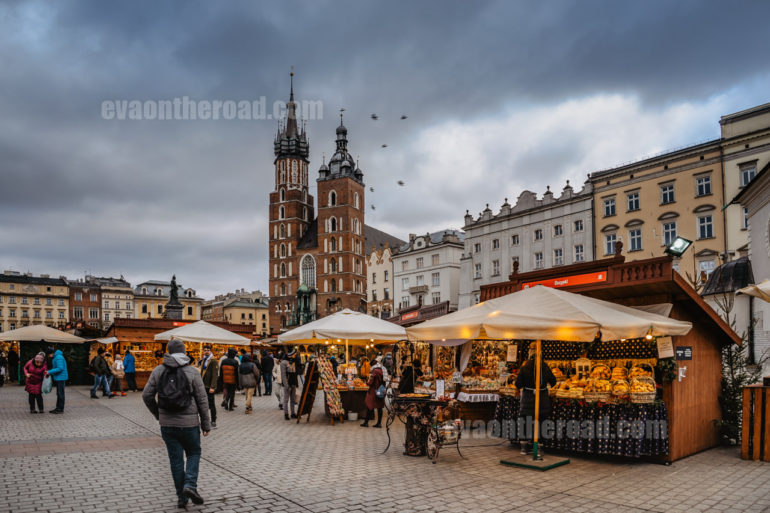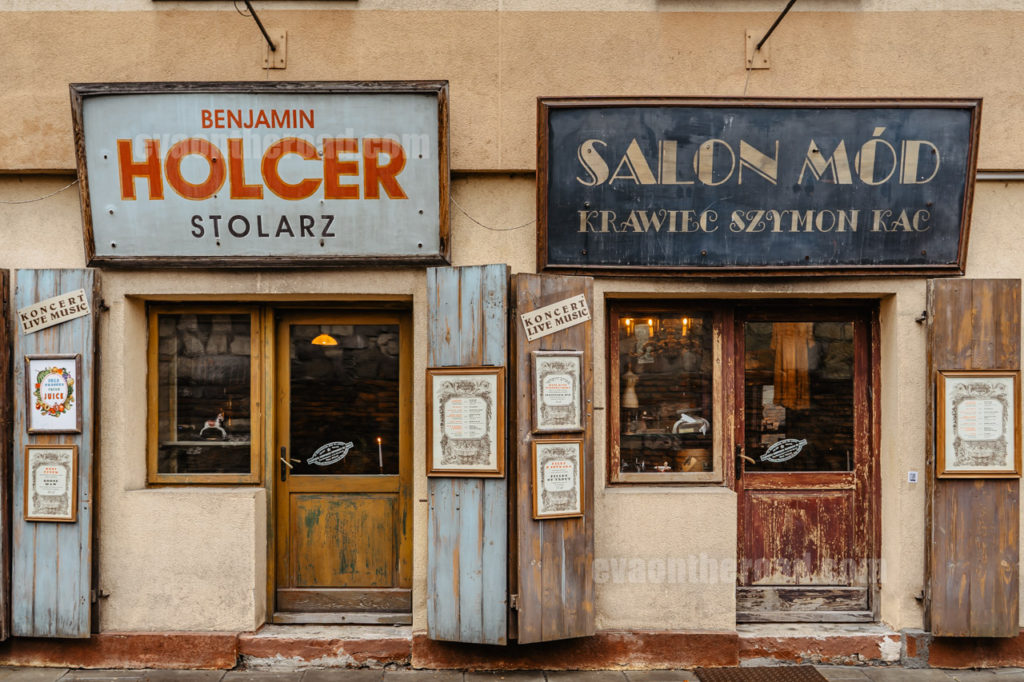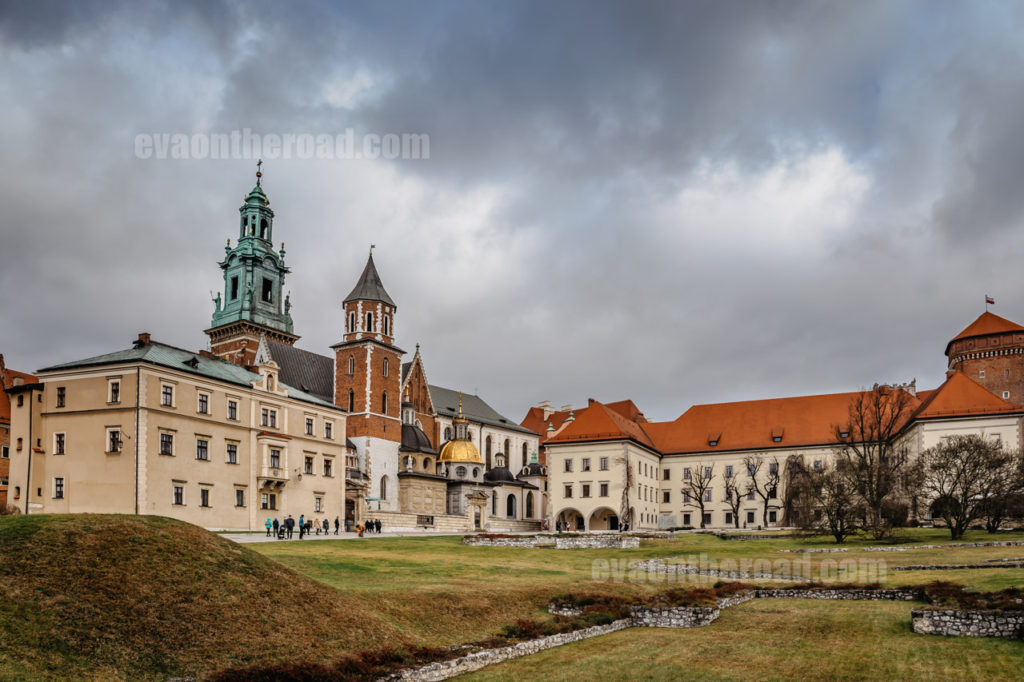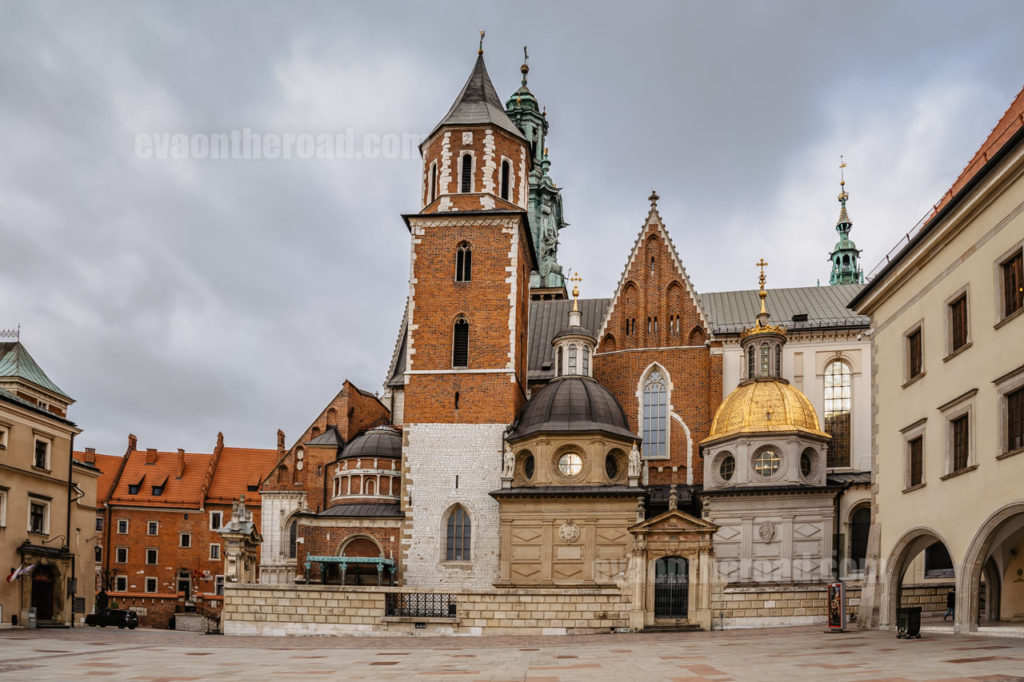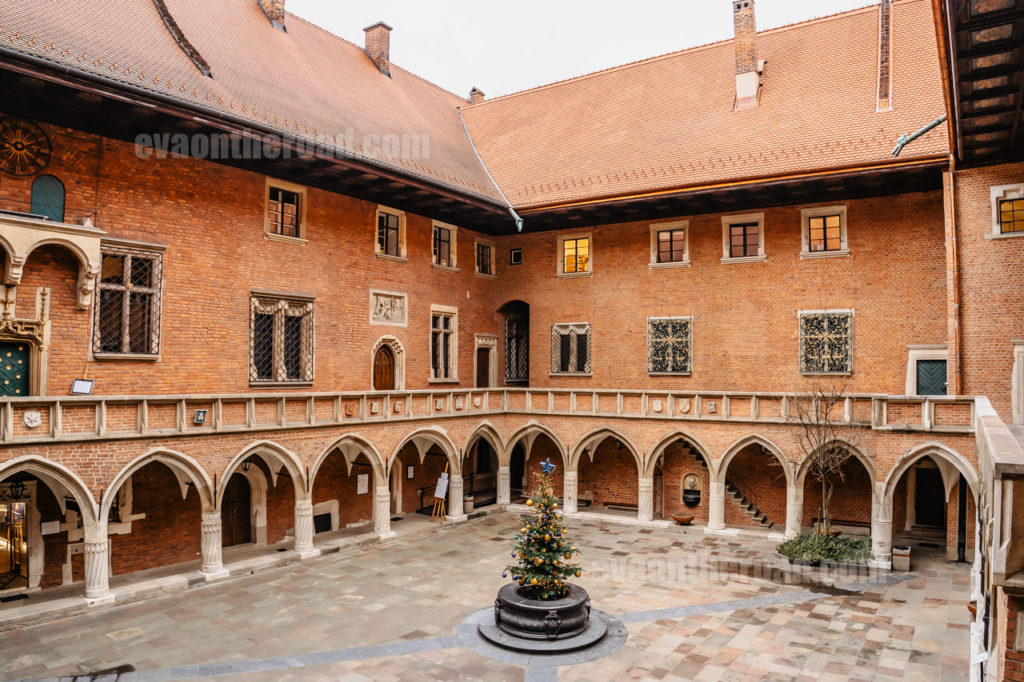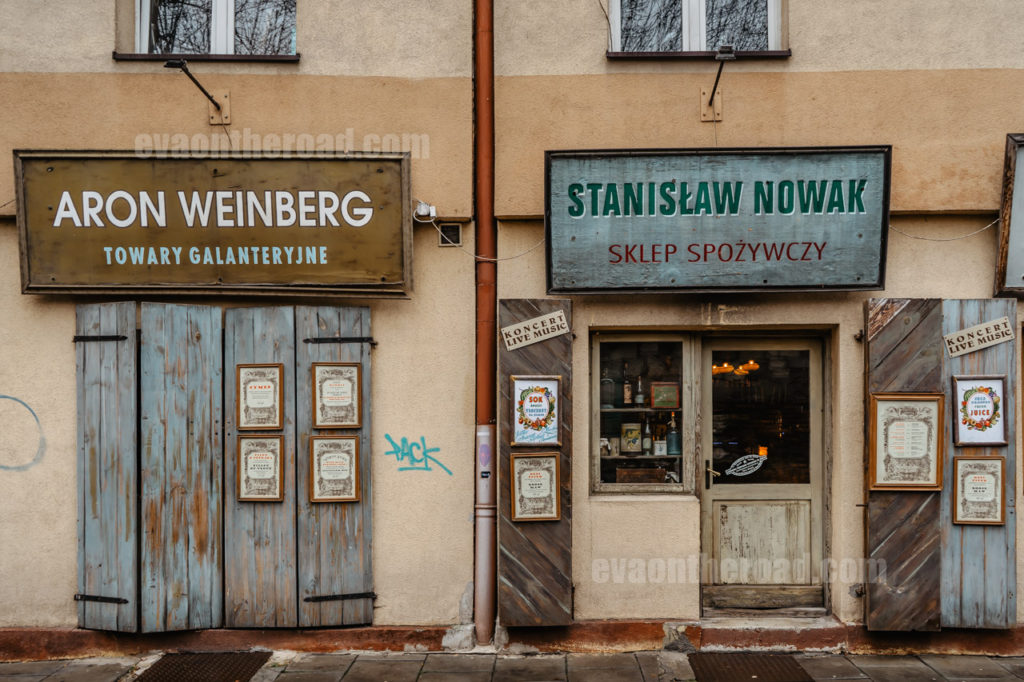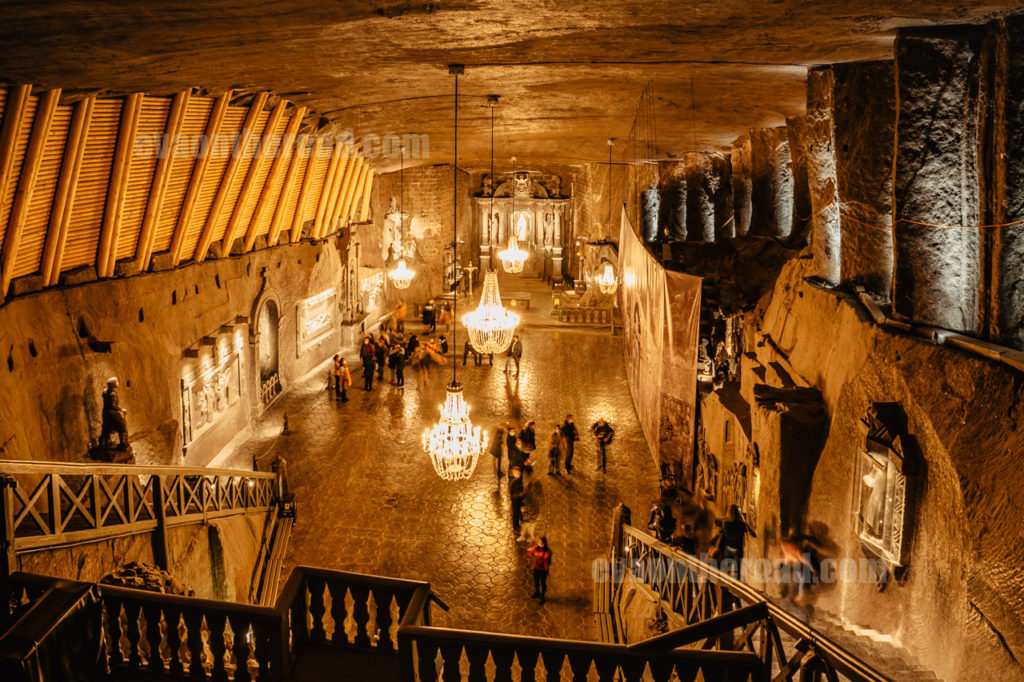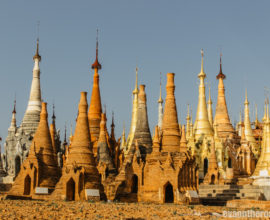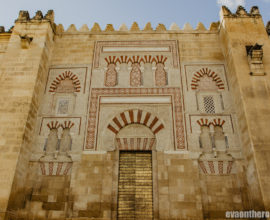Krakow – city guide, sights, trip tips
Krakow is a beautiful metropolis in southern Poland and the country´s cultural capital. Krakow is the second largest city in Poland and is visited by crowds of tourists every year due to its unforgettable atmosphere, sights and good food. There are also famous Advent markets in Krakow and several interesting trips can be made around the city. This article gives you a practical guide on how to get to Krakow, what to do there, what to eat and drink and where to stay.
Obsah článku
In 1038, Krakow became the capital of Poland. Today, Warsaw is the capital, but according to statistics, Krakow is visited by many more tourists. It is considered the capital of Polish culture, which hosts many international cultural events. Krakow is also city of colleges, academies and universities. The city is full of students and busy day and night.
The historic centre of Krakow is compact and you will have no problem getting around very comfortably on foot. As early as in 1978, it was declared the UNESCO World Heritage Site.
The history of Krakow is long and rich. A legend says that the name of the city (Kraków in Polish) comes from the name of Prince Krakus, who defeated the menacing dragon. He was to endanger the local population from a slut below the castle by spewing fire and devouring virgins. You can admire the slug and dragon today under Wawel Castle.
Krakow used to be a rich royal city, but its fate was not always easy. For several centuries, Krakow was in decline and oblivion, and as soon as it recovered, World War II came. The Nazis massacred the city’s elites and tens of thousands of Jews. Today, the Kazimierz district recalls this sad history.
Krakow – sights
Krakow’s main sights can be found in three parts – the Old Town, the Jewish Quarter and the Royal Castle. 3 days are ideal for a quiet walking tour of Krakow and its surroundings. If you do not have so much time, you can ride a sightseeing cart, rent a bike or move by tram. Even so, you will have to omit some interesting things, because Krakow offers a lot of them.
Wawel Castle
The Wawel Royal Castle is located on the Wawel Hill (228 m above sea level) above the Vistula River (Wisla) and you can easily spend one day visiting it. If you go here, be sure not to miss the Royal Cathedral Basilica of St. Stanislaus and St. Wenceslaus. It is a Polish sacred place, which is similar in importance to the Prague St. Vitus Cathedral.
Polish kings were crowned in the cathedral. Many of them are buried in the crypts below the cathedral together with other greats of the Polish nation, such as Chopin, Mickiewicz and former Polish President Kaczyński.
There are 18 chapels in the cathedral, the most notable one with a golden roof is the Sigismund´s Chapel. The interior is Baroque with rich decoration and in the middle there is the sarcophagus of St. Stanislaus from 1629. Don’t forget to ascend to Sigismund Tower, which houses the 11-ton Sigismund’s Bell.
The cathedral is open from 9 am to 4 pm, admission is 14 zlotys (PLN) and you can rent an audio guide available in different languages.
Of course, the Wawel Castle itself is part of the castle complex. The Renaissance building with Baroque elements consists of four wings that surround the inner courtyard. There are representative royal halls, private royal chambers, jewels or armouries inside. The castle also offers permanent or temporary exhibitions and events, for which separate tickets from 10 to 30 PLN are paid. Admission to some parts is free on Mondays.
Rynek Glowny – Main Square
Since 1257, the core of the Old Town (Stare Miasto) has been the Main Market Square in shape of a 200 m long square. It used to be the largest square in Europe. In the middle of the square there is the Renaissance building of the town market (Sukiennice) from the 14th century, which is 108 m long with beautiful arcades. There used to be fabric shops inside, today you can find stalls with souvenirs, handicrafts and Polish delicacies there.
Right next to the market there is a 70 m high town hall tower, which is a remnant of a large town hall from the 15th century. It was later destroyed and only the tower remained. However, you can climb 110 steps and enjoy beautiful views of the city. At the foot of the tower there is a large sculpture of a hollow head.
The square is lined with beautiful town houses. It is full of restaurants, bars and shops and it´s busy all day.
East of the Main Market Square you will find Maly Rynek, formerly a market with meat and fish, today a small square with Gothic facades of houses and the church of St. Barbara.
Podziemia Rynku (Underground)
Right in the corner of the market building there is the entrance to the fascinating underground of the Main Market Square. But don’t expect any spooky and mysterious spaces. The underground houses an archaeological museum with interactive elements. It presents the history of the city with help of modern technologies and audio-visual exhibits. Documentary films are also shown here as well as life of times long past. You will also see a model of the city from the 15th century. Admission is 28 PLN.
Bazylika Mariacki – Marian Church
The dominant feature of the Main Market Square is the Marian Church (Church of the Assumption of the Virgin Mary) with two towers of unequal height. It is built of red bricks and its beautiful interior will take your breath away. The wall paintings are full of stars, the blue ceiling is dotted with stars and the 13 m high carved altar is one of the most important medieval works in the country.
Every hour, a melody called hejnal, played on a trumpet sounds from the church tower, and if you’re lucky, you’ll also see a trumpeter. Hejnal is also the jingle of the Polish radio.
In front of the Marian Church there stands the statue of the Polish writer Adam Mickiewicz, who rests on Wawel.
Barbican
Medieval defensive walls with a Barbican bastion and the Florian’s Gate were built around the Old Town. It used to be the main gateway to the city. The Barbican was built in front of the walls to provide better defence for Krakow. It has seven turrets, 130 shooting ranges and is connected to the gate by an underground corridor.
Collegia Maius
The Gothic Academy, the original historic headquarters of the Jagiellonian University, is located near the Main Market Square. It is the oldest preserved university building in Poland (1364) and offers tours in English. You can see historic halls with binoculars or globes from the 15th and 16th centuries, which were used by Mikuláš Koperník, the world-famous astronomer and student of the local university. There are also many paintings, statues, drawings and a Jagiellonian globe from 1510. Admission is 15 PLN.
If you don’t want to go inside, you can see at least the courtyard with arcades. And if you arrive at the whole odd hour between 9 am and 3 pm, you will see a small equivalent of the Prague Astronomical Clock. Windows will open, wooden figures will start coming out of them and student anthem will be played. Entrance to the courtyard is free.
Museum of the Czartoryski princes
Undoubtedly the greatest artistic value of Krakow is the Lady with an Ermine, a masterpiece by Leonardo da Vinci from the 15th century. The museum is located a few steps from the Main Square and in addition to this world-famous painting, you will find Greek, Roman or Egyptian art, an exhibition of Polish architecture and various temporary exhibitions. It is open every day except Monday and admission costs PLN 35.
Kazimierz – Jewish quarter
Kazimierz was originally an independent city in which mostly Jews settled. But it is true that it had also been inhabited by Christians for centuries. Next to the old Jewish synagogues, there are Christian churches and monasteries. The peaceful coexistence of the two religious groups was disrupted by the Nazis, who exterminated the majority of the Jewish population during WW II. The neighbourhood has been dilapidated ever since.
It all turned out better in 1993, when Spielberg made his famous Schindler’s list here, a drama based on the real events of the Holocaust.
Today, Kazimierz is an integral part of Krakow with many Jewish monuments and it is one of the liveliest parts of the city. In addition to historical monuments, Kazimierz is full of art galleries, stylish shops, cafés, restaurants and bars.
Of the Jewish monuments, you should not miss the Old Synagogue (the oldest preserved Jewish synagogue in Poland), the Jewish cemetery and Remah Synagogue (with tombstones over 400 years old) or the High Synagogue (there is currently a photo exhibition).
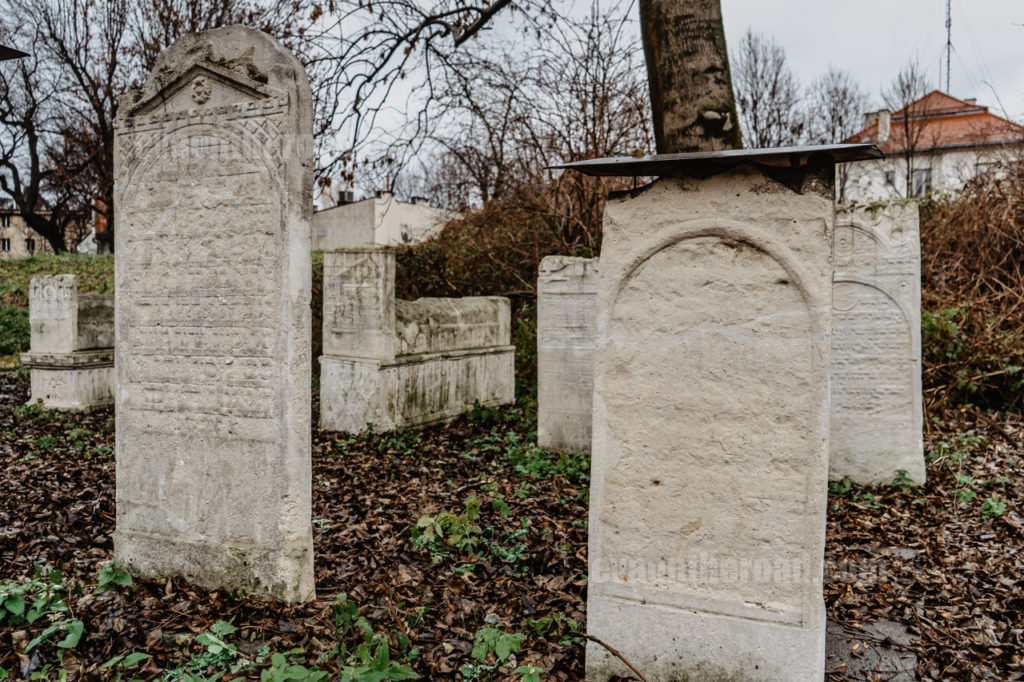
If you want to take a break from the sad history, head to Plac Nowy (New Square), a lively square in the centre of Kazimierz. During the day you will find flea market here and later on in evening people gather here over „zapiekanka“. Don’t you know what it is? It is a longitudinally cut baguette, on which various ingredients are put, from cheese, through ham to olives or mushrooms, and it is all baked. It’s like a pizza you have to taste.
Most locals have it as a snack after midnight as they go from one bar to another. But be careful, it’s a heavy and rich meal, so before you go to bed, you better dance it.
Krakow – accommodation
Krakow offers an infinite number of accommodation from hostels, through apartments to very good hotels. It only depends on your budget and the district you prefer to stay. All sights of Krakow are easily accessible on foot, so whether you choose the Old Town or Kazimierz, you won’t be wrong.
We chose the Kazimierz district and the Aneks Hotel Kazimierz. A night for two during the Advent time cost CZK 900 (cca EUR 36), including a great breakfast. There are plenty of restaurants, bars and shops around the hotel. If you have windows facing the street like us, the night can be a bit busy 🙂 The Wawel can be reached in about 10 minutes from here and it takes a bit longer to the Old Town. If you do not want to walk, there is a tram stop near the hotel.
Krakow – transport
For Czech visitors, Krakow excels with its location and good accessibility. You can travel there by car, bus, train or plane, although the journey by land can be long.
You can get to Krakow from Prague by car in about 5 – 6 hours, from Ostrava it is only 2 hours. The section of the A4 motorway from Katowice to Krakow is tolled.
The bus connection is operated by Regiojet, which departs from Prague (via Brno, Olomouc, Katowice) at 11 pm and it is in Krakow at 7 am. A one-way ticket costs from CZK 400. A similar night connection is offered by Flixbus.
However, by far the most comfortable and fastest way is by plane, thanks to the low-cost Ryanair. It flies twice a week (Thu and Sun), which is ideal for an extended weekend. You can get a one-way ticket in a special offer for as little as CZK 200. Usually you don´t pay more than CZK 500 for one trip. From Krakow Airport you can get to the city by train (12 PLN) in about 20 minutes or by bus No. 208 (6 PLN) in about 40-60 minutes.
Advent markets Krakow
Christmas is the most important Christian holiday for the Poles. The Christmas markets in Krakow are famous and belong to the most beautiful ones in Poland. They are mainly at Rynek Glówny. You can smell the aromas of mulled wine, pine needles and beeswax all over the square. The stalls are beautifully decorated and the vendors offer traditional Christmas goods and goodies. You can taste a dense borscht, grilled cheeses and sausages, excellent drinking honey or strongly spiced mulled wine.
You can buy wood products, sheep wool, Christmas decorations, jewellery and ceramics. The offer at Christmas markets in Krakow is really varied. In the evening, everything is beautifully lit, with various programs and musical performances.
If you would like to enjoy Christmas kitsch a bit more, you can get on one of the horse-drawn carriages that wait around the square and go for a tour around the city.
Krakow – tips for a trip
Wieliczka Salt Mines
If you have more days to spend in Krakow, you should not miss the most famous salt mines Wieliczka. It is located about 10 km southeast of Krakow and is one of the most famous tourist attractions in Poland. It has been listed in the UNESCO World Heritage List since 1978.
Many travel agencies in Krakow offer organized trips to Wieliczka, but public transport is so easy that it is not necessary to travel with a group. It is better and several times cheaper to go there on your own.
The Wieliczka Salt Mines offers a 3-hour guided walk. Admission in a foreign language costs PLN 100, in Polish it is PLN 70.
The mine had been in operation continuously from the 13th century until the beginning of the 21st century. In total, it is 327 m deep and the length of the corridors reaches a respectable length of 300 km. Don’t worry, you will “only” walk around 3,5 km during the tour. Over the past centuries, the mine has been visited by many celebrities such as Copernicus, Goethe and Pope John Paul II.
As part of the excursion, you will descend 380 wooden stairs to a depth of 135 meters and you will walk through a network of underground corridors, shafts and chambers. You will see sculptures carved from salt and also a chapel, where everything is made of salt, from the chandelier, through the altar to the floor. There is also a 9 m deep underground lake with crystal clear, turquoise water. At the end, you take the elevator back outside.
Transportation from Krakow to the mine is easy, you can take a bus or train. Bus number 304 leaves from Dworzec Główny Zachód directly opposite the Galeria Krakowska Shopping Centre and you take it up to Wieliczka Kopalnia Soli. The journey takes 30 to 40 minutes and the ticket costs PLN 6.
You can also take a train from Kraków Główny Railway Station to Wieliczka Rynek Kopalnia Station. From the bus and train stops it is a few minutes´ walk to the entrance gate.

